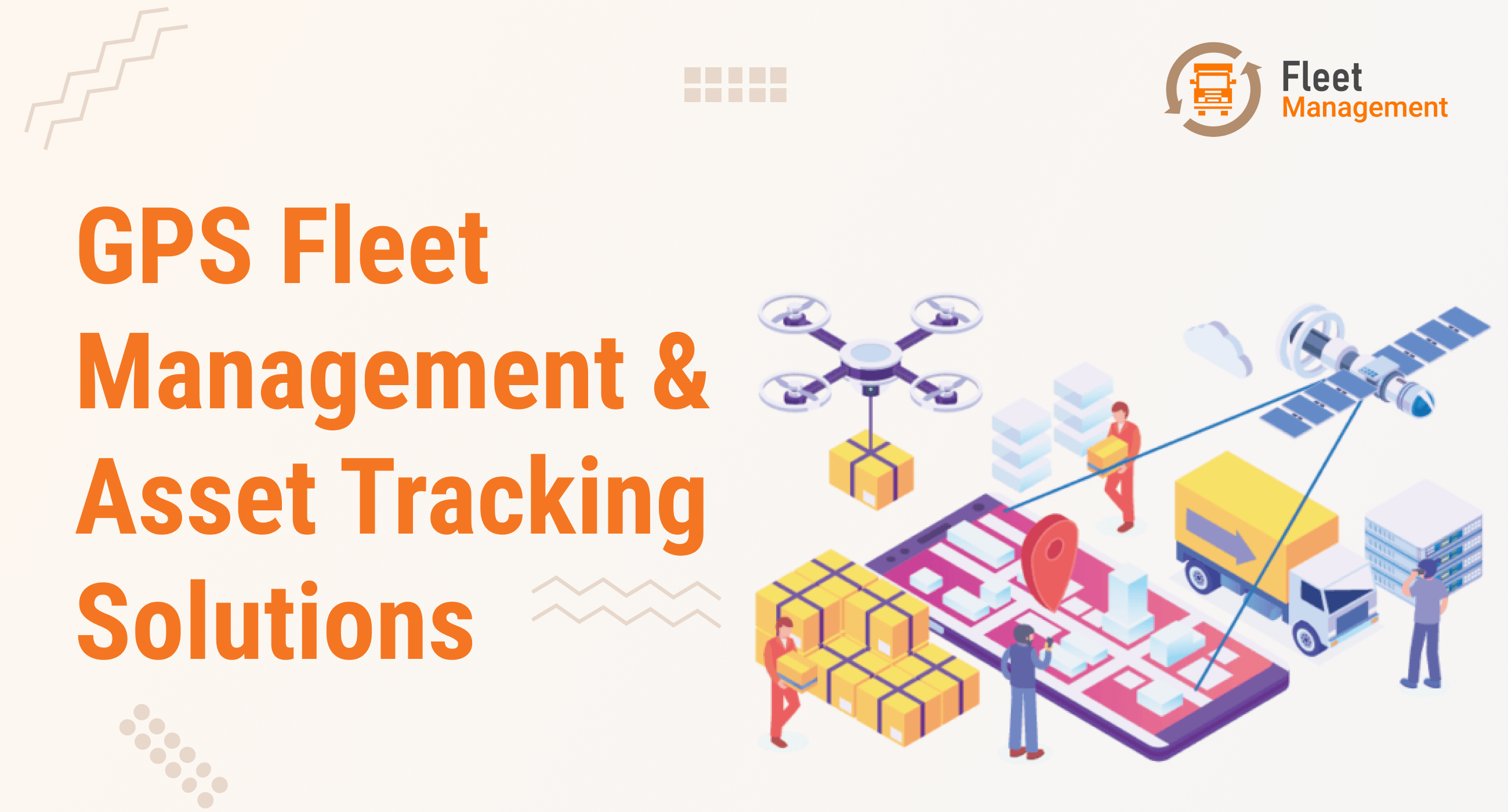Our Blogs
 Fleet Management()
Fleet Management() Car Rental Software()
Car Rental Software() Fleet Drivers()
Fleet Drivers() Infographics(0)
Infographics(0) News(0)
News(0)
Service We Offer
Follow Us
What Is Reckless Driving? How Can Your Tracking System Prevent It?
Traffic accidents on the road are most often caused due to the negligence of the drivers. Reckless driving without adherence to the traffic rules and regulations is a major concern for the traffic departments world-wide.
An automated GPS tracking system in combination with vehicle telematics when installed in the vehicle helps the traffic personnel, fleet operators and company administrations in identifying the errant drivers. The tracking system helps in identifying reckless driving, cautioning offenders and implementing penalties instantaneously.
What Is Reckless Driving?
Reckless driving can be termed as rash or negligent driving. The driver drives the vehicle with total disregard for traffic rules and regulations intentionally. This willful act of indifference endangers the passengers, other vehicles, pedestrians and property.
Read Also: Importance of Predictive Analysis in Fleet Management
Reckless driving does not confine to over-speeding alone. Paying little or no regard to traffic rules, signals, signs and laws also come under reckless driving. The high speeds and dangerous driving cause serious injury and even death. The driver himself is at high risk and the extent of damage to the vehicle can be immense.
When Is Driving Termed Reckless
- Crossing the speed limits specified or sign posted limits
- Non-adherence to traffic signs and signals, red lights and stop signs
- Disregard for oncoming traffic, right-of-way for vehicles and pedestrians
- Tailgating or driving too close to the vehicle in front
- Weaving in and out through traffic
- Overtaking dangerously or from the wrong side
- Driving into areas not designated for vehicles like pavements, sidewalks
- Racing vehicles on the road
- The crossing of double yellow lines on a highway
- Overtaking a stationary school bus picking up students
- Speaking on a phone or texting while driving, fiddling with the radio, eating
- Disobeying instructions by traffic personnel on the road
Prevention Of Reckless Driving
- The key to the prevention of reckless driving is to ensure that drivers understand the full implications of reckless driving. Drivers need to be aware of the fact that reckless driving is a serious violation of traffic regulations. Unlike inappropriate and careless driving, reckless driving is considered a criminal offense.
- The performance of the drivers needs to be evaluated on a continuous basis. This will help in identifying areas where the drivers need additional training. Their performance can be rated and compared with their earlier performance to ensure improvement in driving habits. The tracking system generates a Driver Scorecard which makes this evaluation easy.
- A comprehensive training program for the drivers has to be devised. Regular training programs have to be conducted for drivers. Topics on awareness of traffic rules, reckless driving, road rage, the seriousness of driving under the influence of alcohol, etc. should be focused on in training programs.
- Technology has developed fleet management systems which will help in tackling reckless driving. The system detects over-speeding and traffic violations instantaneously. The system allows the analysis of driver behavior. This is communicated to the traffic authorities or fleet operators continuously.
- Installing a vehicle telematics system in the vehicle will make the driver more accountable for his behavior on road. He will adhere to safe driving practices and be more alert to situations around him.
- Routing of vehicles must be optimized to prevent fatigue in drivers. Trips have to be scheduled so that the driver meets his timeline as well as get enough rest before the next trip.
- A properly spaced delivery schedule will enable the driver to deliver on time without having him driving recklessly to meet schedules. This will increase the efficiency and speed of operations.
- Drivers have to primarily understand the importance of time management. This will help avoid over-speeding and reckless driving to a large extent.
- All countries have their own set of rules, stipulations and penalty systems for traffic offenders. The penalties imposed vary depending on the seriousness of the offense.
Common penalties are:
- Traffic fines
- Suspension of driving license
- Impounding of the vehicle
- Black points on the drivers’ record
- Arrest and jail sentences
- The drivers have to be clearly informed of the penalties involved in violating traffic regulations. The knowledge of stipulated fines and jail terms will be a deterrent to negligent driving.
- The increased repair charges due to reckless driving prompt auto insurance companies to raise their rates. The insurance rates are hiked as high as 87.5%.
How Can Your Tracking System Prevent It?
A GPS tracking system combined with dash cameras and vehicle telematics provides the most effective solution to reckless driving. An advanced tracking system tracks the fleet’s real-time on-road and records driver behavior continuously.
Read Also: 31 Ways to Reduce Fleet Maintenance Costs
The system reports behavior indicative of rash driving like speeding, sudden acceleration and braking, sharp turning and cornering. The fleet managers or traffic personnel can use this data to evaluate drivers, provide additional training, sets incentives for safe drivers and penalties for dangerous drivers.
The GPS tracking system tracks the vehicle’s position at anytime on the road. The tracking system is two-way- communicating with the fleet operators as well as the drivers. The system alerts the driver to traffic blocks on his route, hazardous routes and inclement weather conditions. The driver receives communications sent by the fleet managers for changes in route or delivery.
Similarly, the fleet operators receive reports on the speed of the vehicle, the location and time of arrival and departure at the destination. Reports on the routes taken, the distance travelled, speed, fuel consumed, etc are generated.
The system can be programmed to alert the fleet managers of irresponsible driving behavior -rash driving, over speeding, harsh braking, and sudden acceleration by the drivers. This data enables the management to identify errant drivers and communicate their lapses immediately. Drivers can be corrected and serious offenders can be penalized without inordinate delay.

The common undesirable driving habits are sudden breaking, jerking while starting, idling during stops and speeding when running late. The tracking system enables each factor to be addressed separately. The fleet managers can set automated alerts for deviations from the driving rules set by them.
The driver reports created can help to identify drivers who are the most negligent. Personalized improvement plans can be designed to point out their faults and educate them on safe driving practices. An individual driver’s performance can be compared over different periods of time to assess improvement. One-to-one coaching is found to be very helpful.
The tracking system reviews the vehicle’s performance data periodically and schedules preventive maintenance. This allows the fleet managers to attend to the routine maintenance and repairs more effectively. Well maintained vehicles reduce the risk of breakdowns.
Vehicle abuse by drivers increases maintenance costs. Maintenance expenses constitute a major part of overhead costs. Continuous monitoring of this type of abuse is essential to reduce the wear and tear of the vehicles. This directly results in saving money and reducing downtime of the vehicles.
Read Also: What is fleet management – All you need to know
The geo-fencing feature of the tracking system safe guards the vehicle from being used for notorious activities. The fleet managers are alerted when the vehicle crosses the virtual fence set around the vehicle. This feature helps in tracking a vehicle if stolen.
The dash cameras installed on the dashboard of a vehicle record all events happening inside and outside the vehicle. The information recorded on these devices is relayed by the tracking telematics system to the fleet controllers. The necessary corrective actions can be taken without delay.
The advantage of dashcams lies in the real-time video footage recorded. The footage provides clear proof in cases of accidents, thus reducing insurance disputes. The videos recorded can also be used in the training of drivers where they can observe the results of negligent driving.
Visually showing the drivers the actual video footage of the errors combined with the data reported makes the training easier and understandable. Real-time incidents and examples have a far more impact on improving driver performance than theoretical lectures by itself.
Monitoring, training, preventing and correction of driving patterns are the most critical factors in fleet management. The simplest and most efficient way to do this is by installing appropriate fleet tracking systems. The GPS tracking system and dash cams when integrated with vehicle diagnostics provide the most powerful tool in fleet tracking.

The vehicles using the tracking system have a lower risk of accidents and injuries. The alerts set in the systems warn the drivers immediately if they have overlooked any safety regulations. When drivers know that their behavior is being monitored they tend to be more careful and responsible while driving.
Conclusion
Since reckless driving can lead to loss of life or livelihood, driving with discipline and without distractions is of prime importance. Ongoing training for drivers is essential as safe driving is a mindset that has to be developed and nurtured in the long run.








